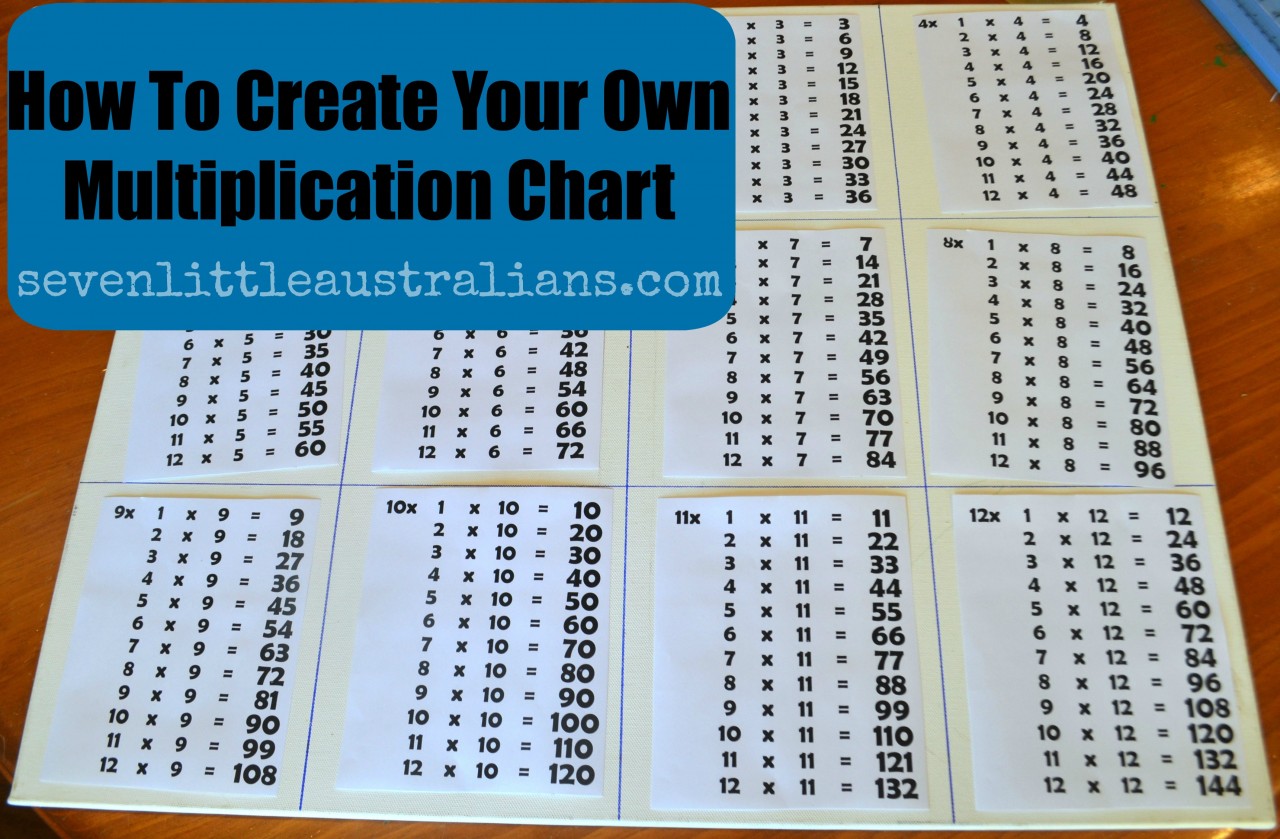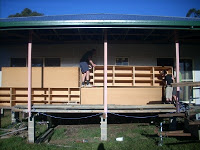
How To Create Your Own Multiplication Chart
It has been our experience that when a child hits a ‘road block’ with maths the reason can often be traced back to not knowing their multiplication tables thoroughly enough. To this end, chanting multiplication tables has been added to the daily memorisation list this year. However I’ve been frustrated by the fact we haven’t had a wall chart, we’ve had wall charts from time to time in the past but they tend to fall down and become damaged. Reflecting that our phonics chart is still in good condition nine years later I determined to make a similar multiplication chart. 
Providentially we already had a blank canvas, measuring and dividing the canvas into twelve equal spaces I was ready to begin.
Searching for printable times tables that could be size adapted, was to no avail. PC ‘came to the rescue’ by writing a code into an excel spreadsheet that generated printable and size adaptable times tables for me. I’m always astounded at how his ‘simple coding’ can fix the seemingly insurmountable.
Sharing with you, click on the yellow box in the top left hand corner and type a different number to change the times tables, then click in any square to refresh. If you wish to make your chart smaller/larger click on the bottom right hand corner and drag the box in/out to resize.

Thanks to PC’s help I was now able to print the times tables to the size I needed, next task was to trim them to fit the spacing and past onto the back of the frame. The ideas was that I would see the numbers through the canvas and be able to trace over them with a permanent marker on the front. This wasn’t so simple, the canvas was too thick to see through, finally I hit upon a solution, I needed to backlight the canvas with a lamp, and being owner builders we had spotlights on a stand! Sorry no pics of the actual tracing as I was too busy holding the chart in one hand and the marker in the other.
End result, now to put it to use 🙂









2 Comments
Robyn Dalby-Stockwell
This is a great idea. You are right about tables being one of the essentials in maths. Kids who don’t know their tables fall behind and then become scared of doing maths at all. There is another essential – reading. Poor readers fail in maths exams because they cannot understand the questions.
Erin
Robyn,
Agree, tables are essential. I see you are a proponent of phonics, spot on, so agree!